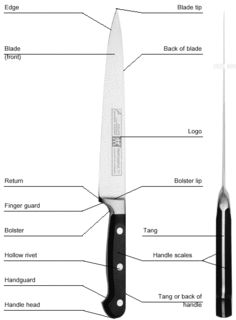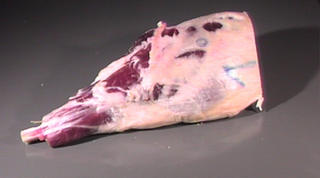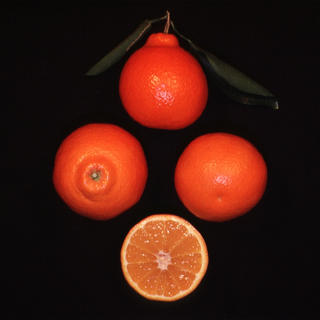
I recently picked up a wok and stir fry book, not so much for the recipes, which are pretty half assed, but to get ideas. Almost all of them that include meat use this process. Anyway, I read about it a little and tried it with a shrimp stir-fry recipe I made for steph, and now I'm totally in love.
Velvetizing is a chinese method of poaching meat. Meat is always boneless and cut into small stir-fry-sized pieces. The meat is lightly coated with corn starch and egg white (and a little water if necessary). A small amount of oil is heated to 260-280 degrees in a wok. The meat is then cooked, not fried, in the oil for only a minute or two. Because the pieces are small they will be thoroughly cooked and then added back to the stir-fry at the last moment. Intuitively named, it's designed to cook the meat gently while sealing in the flavor and moisture. I've only tried it with shrimp so far, but it did amazing things. The shrimp was cooked perfectly, fluffy, moist and tender. I have never had results like this with a dry heat method.
Thinking about it, it's really ingenious. It combines the extremely efficient dry heat method of frying with the gentle low heat method of poaching. Because it's poached in oil, not water, the moisture has nowhere to go. The egg white and cornstarch create a thin barrier to aid in this effect. However, unlike frying, the heat is low enough that the internal temperature of the food never gets high enough to steam is from the inside, so it stays very very tender and moist.
The draw backs are it adds additional time and mess to your stir-frys, but you can't argue with the results or 5000 years of delicious home cooked food.



